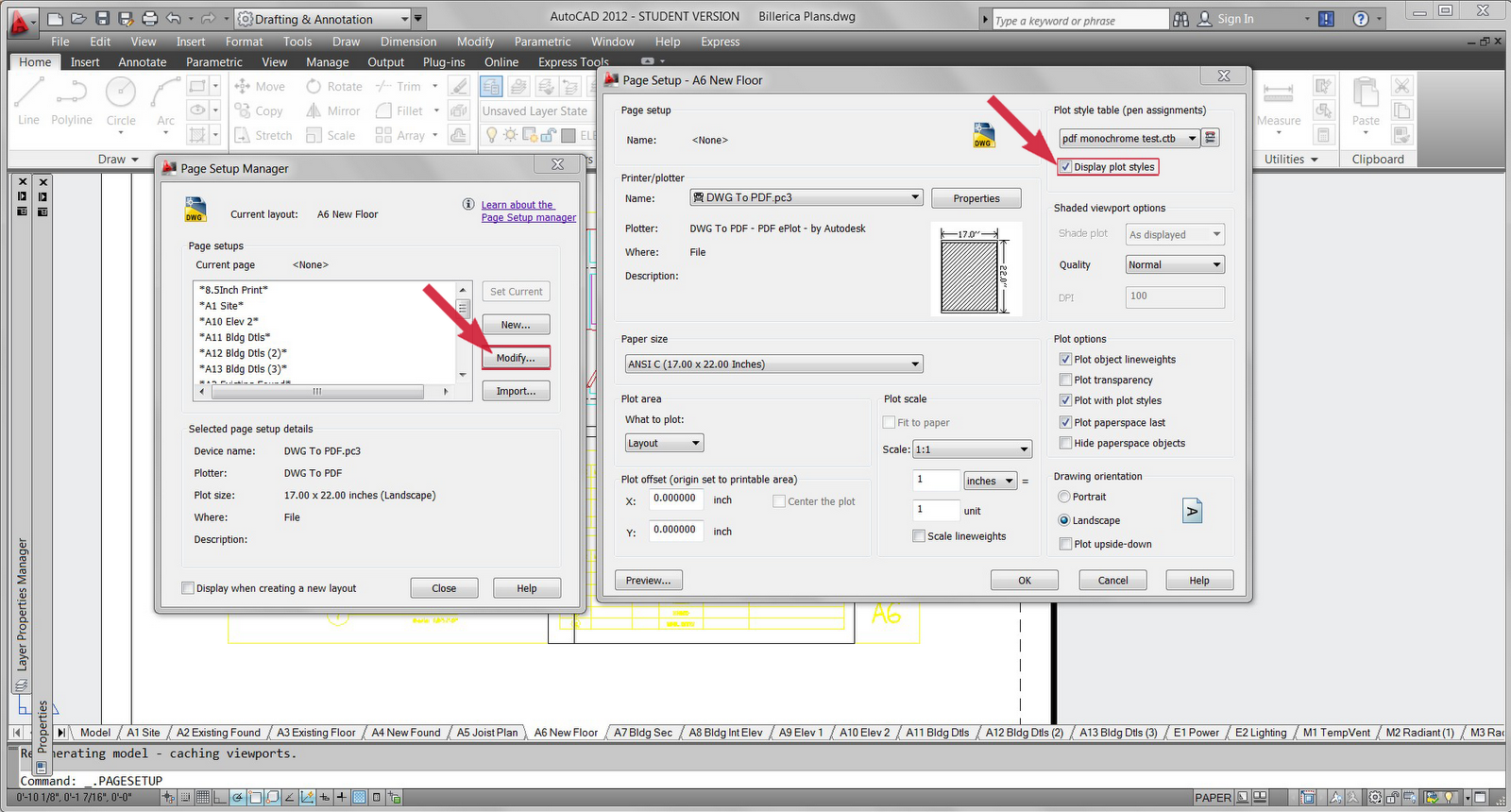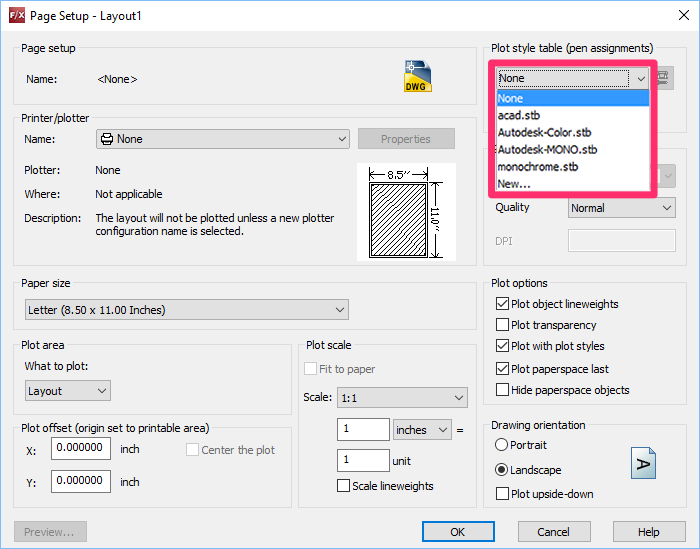
Our Layer Color and Block Color tools in the General Preferences screen are geared toward this setting. The default installation setting for most CAD platforms is to display lineweights as millimeters (mm). Once you've applied STB styles to each necessary layer and/or line color, use the active Preference Set in future drawings where you need to use STB styles. Repeat this step for each line color that requires an STB style. Use the bottom menu (pictured below) to set an STB style to a line color. Repeat this step for each layer that requires an STB style.įollow our steps to edit block line colors from the General Preferences. (The example below shows selecting a style named Medium.) Use the bottom menu (pictured below) to set an STB style to a layer.

Apply each of your STB styles to the appropriate layer in the Layers and/or Block Colors settings in the General Preferences – ideally using our Layer Colors Spreadsheet as a guide.įollow our steps to edit layer information from the General Preferences. You can make these edits to both layer colors and block colors from within the General Preferences screen.Ĥ. When the system creates that layer or inserts a block with a layer of that color, it will do its best to apply the assigned STB plot style. If the current drawing is set to STB (named) plot styles, you will be able to edit the Named Plot Style for each layer and block color used in that drawing. We've added STB capability to our software, allowing you to apply your STB styles (or those of your clients) to your drawings. To ensure that everything is plotting correctly, you'll need to look at the entire list of layers and ensure that each layer is assigned the correct plot style. Herein lies the main issue with STB styles: You have to pull up the Layer Properties Manager and look at each plot style to see how each line in your drawing will plot, rather than just looking at the line colors. Here, you'll see the plot style that's currently set for each layer. When you open the Layer Properties Manager in CAD (type Layer in the Command line and press Enter), you'll see a Plot Style column that lists a style for each layer. This type of setup may seem easy – until you have to get into the nuts and bolts of actually making it work. For example, you could have just 5 styles: Heavy, Medium, Thin, Ultra-Thin, and Halftone, for example. Here's why >Īn STB file can include as many, or as few, named styles as you want. With Autodesk DWG TrueView, someone with a DWG can make someone else's life a little easier by sending them a black and white DWF.If you want to use CTB plot styles (hint, hint), see our articles on:īecause CTB plot styles rely on a logical system of layer colors rather than a long list of layer names, we've found them to be a much better option than STBs. This allows DWF files to look just like the paper in addition to the other capabilities they provide. For this reason, it is sometimes desirable to publish DWF files in black and white. It is possible for a novice DWF user to overlook the "Print in" item in the "Color Setting" section of the print dialog. It is possible to print a color DWF file in black and white. For most Autodesk DWG TrueView situations, the color table method applies. Later versions of AutoCAD allowed this type of functionality to be applied directly, independent of color, using a stb (style table). This is why the styles can be applied using a ctb (color table) file. In the early days of AutoCAD, plot styles were always applied by mapping one color, e.g.
#AUTOCAD PLOT STYLE TABLE SAVE CHANGES TO ALL LAYOUTS DOWNLOAD#
Click the image below to enlarge.Īfter saving your changes, using the PUBLISH command results in a DWF file with black and white: Download A-01-monochrome.dwf (87.7K).

You use the pull down to select monochrome ctb. In the upper right is a "plot style table (pen assignments)" item. You select the page setup for the layout and click Modify: So to change the settings, the trick is to go to the layout tab and select the Page Setup Manager:

To provide the advantages of an electronic plot, DWF files are generally published from the layouts. Think of layouts as a "print preview." AutoCAD drawings have more than one layout, since it may be desirable to print all or parts of a drawing in different ways. Layouts show how the work in model space appears on the paper. Results in a DWF file with color: Download A-01.dwf (89.1K). If the person who supplied the drawing has not already specified that color should be mapped to black and white, use of the PUBLISH command: The first step is to load the drawing into Autodesk DWG TrueView. To publish a black and white DWF file from a DWG that has color: This question normally comes from Autodesk DWG TrueView users who occasionally receive drawings from AutoCAD users. A frequently asked question is "How do I publish a black and white DWF file from an AutoCAD drawing (DWG) that is in color.


 0 kommentar(er)
0 kommentar(er)
